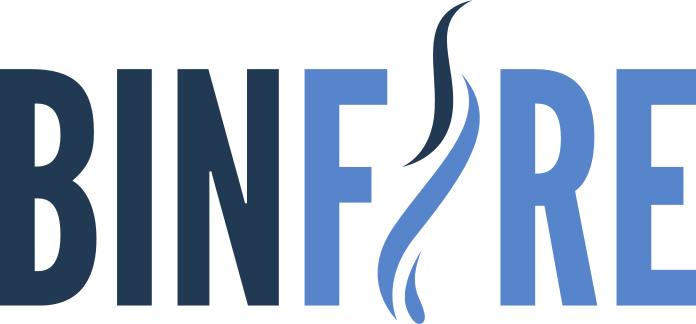Workplaces keep shifting, sometimes faster than teams can adjust. As more work moves onto digital platforms, the pipes for communication are there, but genuine engagement tends to drift. Remote staff especially seem to benefit from stronger social ties, which fits what a lot of managers notice day to day. So gamification slips into the toolkit as a practical, fairly lightweight option.
Borrowing from casino-style playbooks, organizations are experimenting with points, small competitions, leaderboards, and achievements you can unlock. The result, at least when it clicks, is that routine clicks and check-ins feel a touch more meaningful and fun, which may lift motivation and steady participation.
Competitive dynamics and leaderboards drive engagement
In many casino platforms, leaderboards are the spark that gets people moving. Friendly rivalry, a bit of public recognition, and suddenly the room wakes up. Similar mechanics can reshape collaboration tools when they are tuned carefully to the culture. When teams can actually see contribution patterns, more people tend to step forward to help, share tips, and join group efforts. Research from Vorecol suggests companies using leaderboards see about a 22 percent rise in cross-functional collaboration, though it varies by context. The visible ranking acts like instant feedback, so people know where they stand and what to try next. During weekly sprints or hackathons, the board often becomes the center of gravity, turning what might be solitary tasks into a shared race that nudges teamwork and higher output.
Unlocking rewards and recognition through achievements
Points, badges, achievements, it is a familiar trio in casino design, and it usually transfers cleanly into workplace tools. Employees working with tools modeled after online slots and other online features report feeling more motivated when completing daily tasks, hitting milestones, or reaching new engagement levels. The psychology is not mysterious. Small but tangible rewards, even symbolic ones, help people chase clear goals.
Leaderboards, progress bars, and badges can trigger the same dopamine-ish feedback cycles found in games, although mileage does vary across teams. Data points to up to a 35 percent lift in engagement where these structures were used, along with more frequent peer recognition. On the implementation side, platforms now let admins customize badge art, point rules, and progress logic. That flexibility means you can target mentoring, quick responses, or creative problem solving. The more a badge reflects what the team actually values, the more it seems to matter.
Special challenges, narrative elements, and collection mechanics
Casinos keep people interested with time-limited tournaments, mission-style challenges, and collectible progress arcs. Collaboration tools are borrowing these ideas in quieter ways, like seasonal competitions, virtual sprints, or themed events tied to business goals. Teams collect tokens for things like feedback submissions, closed support tickets, or leading training sessions.
hitting milestone thresholds can unlock new features, access to special projects, or extra learning tracks. Add a light narrative wrapper and a quarterly target starts to feel like a shared quest, not just another metric. Research noted by unibo.com indicates participation may jump by as much as 40 percent with these structures, and teams often report tighter cohesion. The upshot is that dashboards start to feel less like inspection and more like a purposeful, slightly playful system.
Best practices and feedback-driven optimization
Good gamification begins with clarity. Define what success should look like, whether that is better handoffs, faster learning loops, or higher completion rates. Non-monetary rewards usually work best, since cash can crowd out intrinsic motivation. Social interaction matters a lot. Tools that support active chat, quick reactions, and visible peer endorsements tend to hold attention longer, especially across time zones.
Keep measuring, then adjust. Usage data paired with participant feedback helps refine point logic and prevent stale patterns. Cutter Consortium notes that ongoing tweaks based on real signals make the system feel fair and relevant, which is where long-term effectiveness tends to come from. Stay flexible so mechanics keep pace with changing team dynamics and shifting priorities.
Responsible use of gamification inspired by gambling
Borrowing ideas from online slots and casino games can refresh collaboration, but it needs guardrails. Ethics should guide how points, contests, and recognition are built, with balance between fun and fair play. Clear rules and frequent communication reduce unhealthy rivalry and burnout. Regular check-ins help teams adjust incentives if participation dips or odd behaviors appear.
In the end, responsible use means tying every mechanic back to well-being and the organization’s values, so people feel supported, included, and able to grow without the pressure dial stuck on high.




